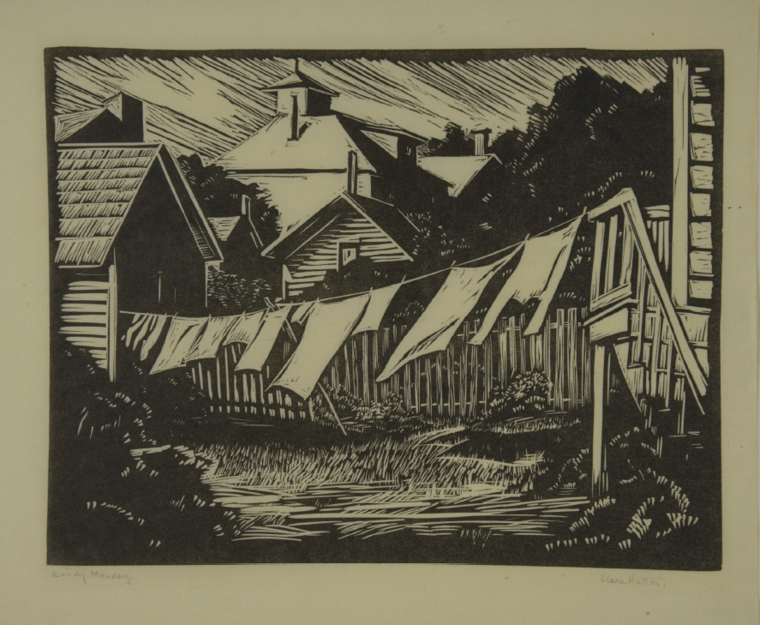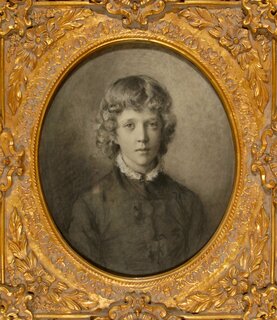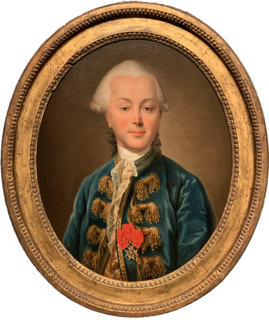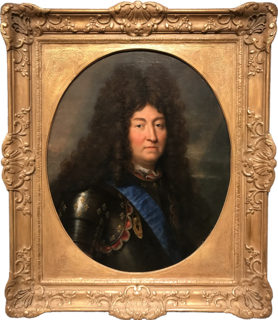
Linoleum, a material developed in England in the mid-1860s for use as a floor covering, was first used for printmaking by artists associated with Die Brücke (The Bridge), the
Dresden-based group of German expressionist artists formed in 1905. By the 1920s, the linoleum cut technique enjoyed widespread popularity as an alternative to woodcut, largely because of its affordability, simplicity, and ease of manipulation. Like woodcut, linoleum cut is a relief printmaking technique (i.e., the image’s design stands in relief after the non-printing areas of the block are removed by carving). Because linoleum is relatively soft and lacks grain, it is much easier to carve than wood. For these reasons, the technique provides an ideal introduction to printmaking for students of art and design. Windy Monday is an example of Hatton’s abiding attraction to alleyscapes and residential architecture, subjects the artist explored in prints throughout her career. Though unidentified, the locale of the scene depicted in Windy Monday is likely Lawrence, Kansas, where Hatton lived while a student and an instructor at the University of Kansas.




